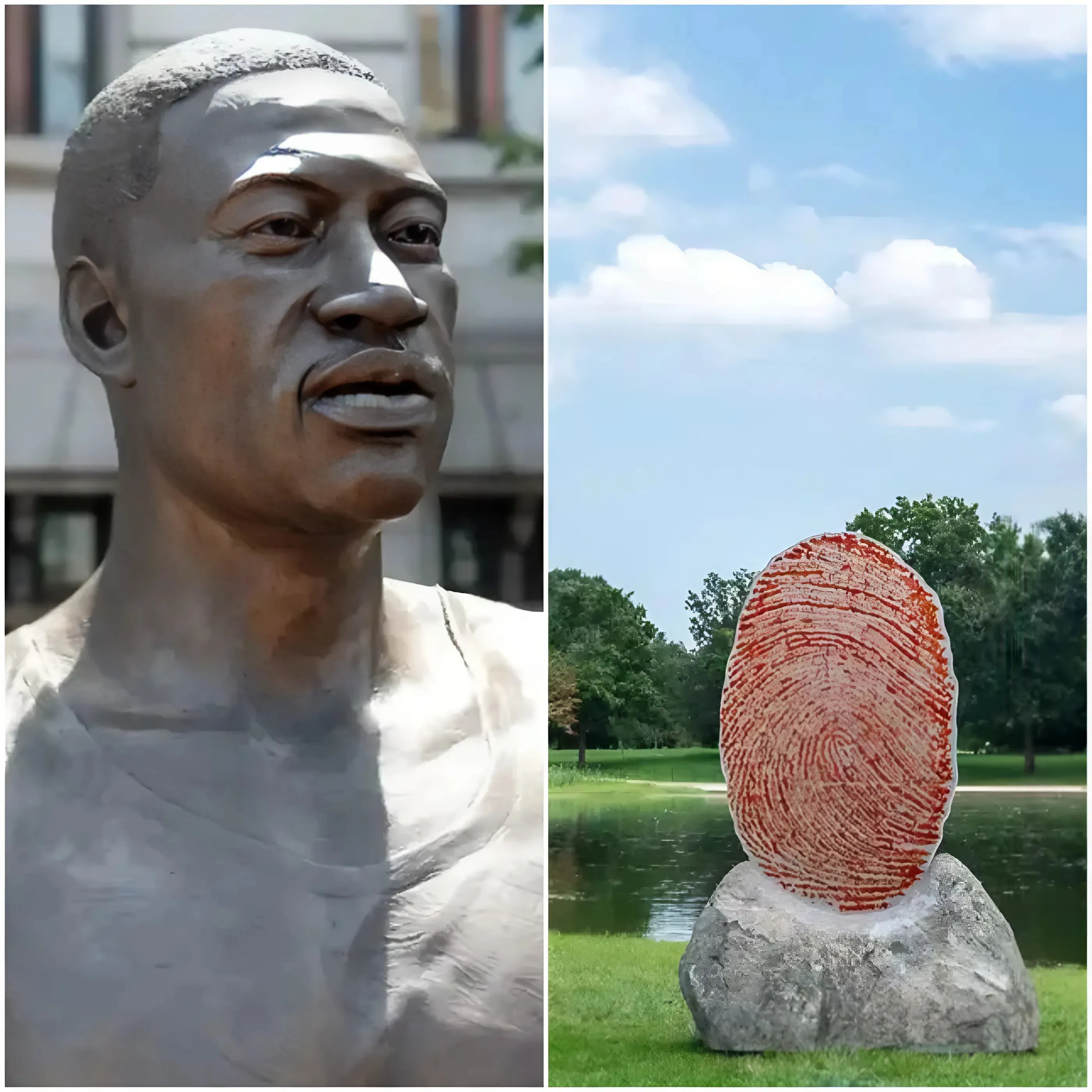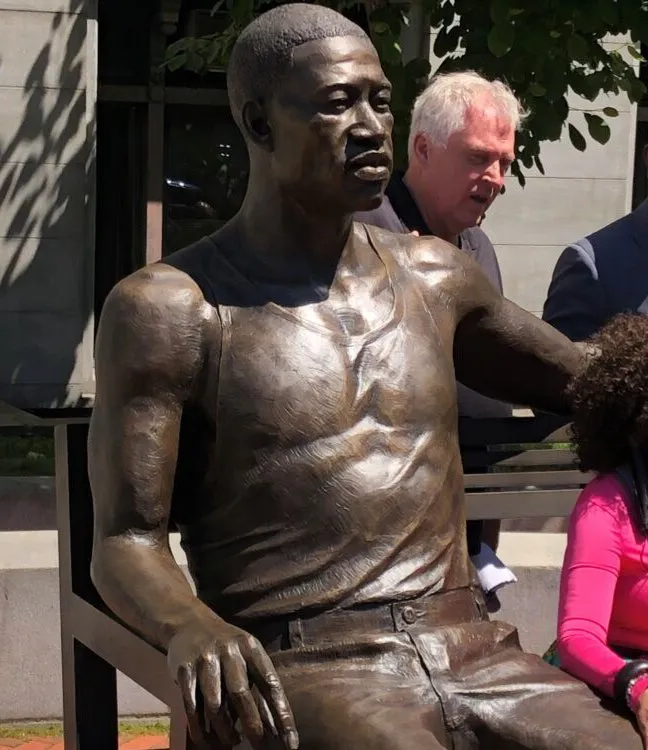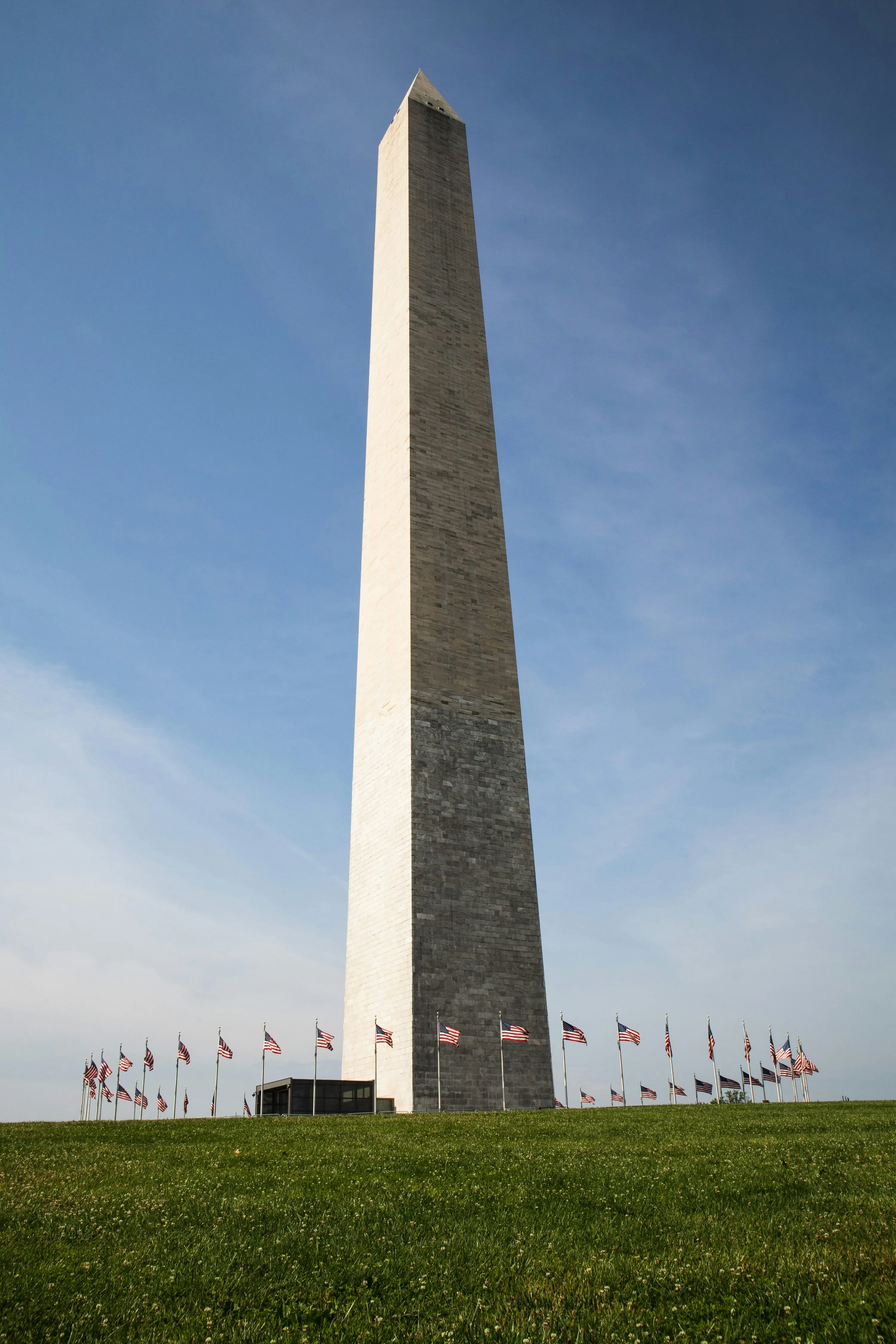In a move that has ignited heated debate across the nation, the statue of George Floyd was recently removed from a National Park. Originally installed as a tribute to Floyd and the broader fight for racial justice, the monument quickly became a focal point of discussion regarding the role of public memorials in modern society. While some saw it as a powerful symbol of progress, others argued it was misplaced and did not belong in a federally protected space.

The statue was erected in response to the widespread protests following George Floyd’s tragic death in 2020. His killing at the hands of police sparked global outrage, leading to calls for justice and systemic reform. The Black Lives Matter movement gained momentum, pushing for a reassessment of monuments and historical figures honored in public spaces. However, the inclusion of Floyd’s statue in a National Park, typically reserved for historical and cultural preservation, was met with resistance from certain groups who felt the park was not an appropriate location.

Supporters of the monument viewed it as an essential acknowledgment of an event that reshaped the national conversation on race and policing. For them, the statue represented more than just Floyd—it was a symbol of the ongoing fight against racial injustice and police brutality. Many believed that removing it was an attempt to erase history and silence the voices advocating for meaningful change.

However, critics of the statue argued that its placement was a politically charged decision rather than a genuine tribute. Some contended that Floyd, while a significant figure in recent events, was not a historical leader or activist and therefore did not warrant a permanent national monument. Others questioned whether public spaces should serve as battlegrounds for contemporary social movements, arguing that national parks should remain neutral, free from politically motivated displays.
One official involved in the decision to remove the statue stated that there was “no reason for it to be there in the first place,” a sentiment echoed by many who felt the monument was a divisive rather than unifying symbol. Some believed that Floyd’s legacy should be honored through policy changes and meaningful reform rather than through statues that might not stand the test of time.
The removal of the statue has reignited larger discussions about how society chooses to memorialize individuals and movements. While some believe modern figures should be recognized in public spaces, others argue that monuments should be reserved for those whose contributions have had a lasting historical impact. This debate reflects broader tensions surrounding race, justice, and collective memory in the United States.
As discussions continue, the controversy highlights the complexities of commemorating contemporary figures in a way that fosters unity rather than division. Whether seen as a step forward or a step backward, the removal of the George Floyd statue is a reminder that the struggle over history, identity, and public memory is far from over.


